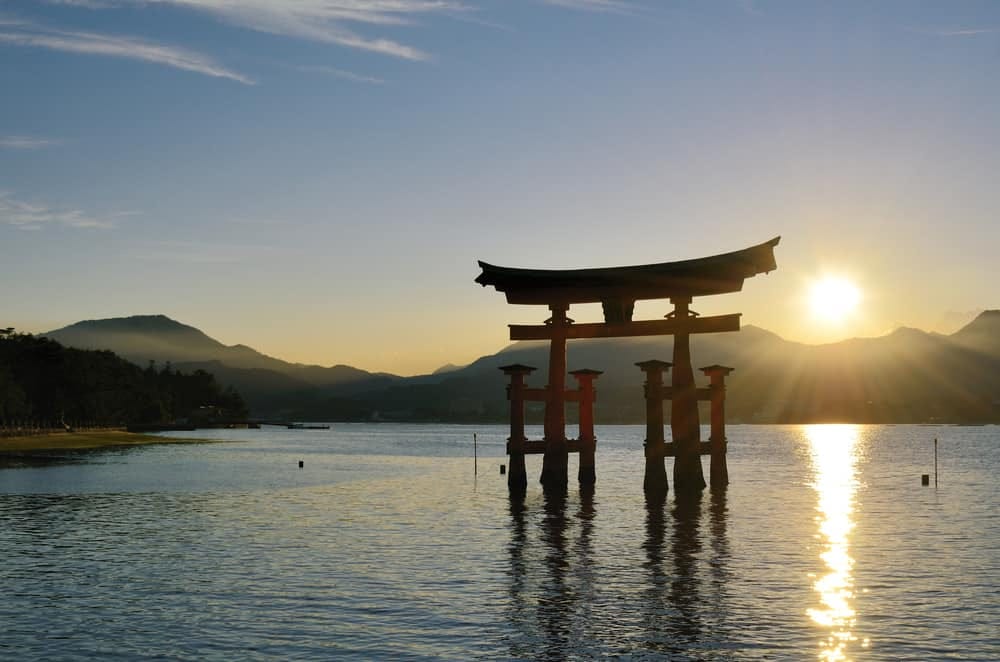Japanese Exceptionalism
Japan and the United States are both nations built on the idea that they were ordained by God and history to rule.
by George Friedman
June 28, 2017
Japan is a quiet place, at least from a geopolitical standpoint. It makes few political demands on other nations, and no military ones. Article 9 of its constitution forbids it from maintaining any military force. Article 9 has been reinterpreted to mean that it can maintain a substantial military for self-defense, under the principle that self-defense is a natural right, but that force cannot engage in offensive military operations – and it certainly can’t do so unilaterally. Since its banking crisis in the late 1980s and early 1990s, global financial markets have expected that Japan will face a financial crisis that will create domestic upheaval. It hasn’t happened. Instead, Japan grows slowly and sometimes not at all, but compared to much of the rest of the world, it is seemingly at peace with itself.
It has not always been this way. In the first half of the 20th century, Japan sought to take control of the Western Pacific and China. It had defeated th…



